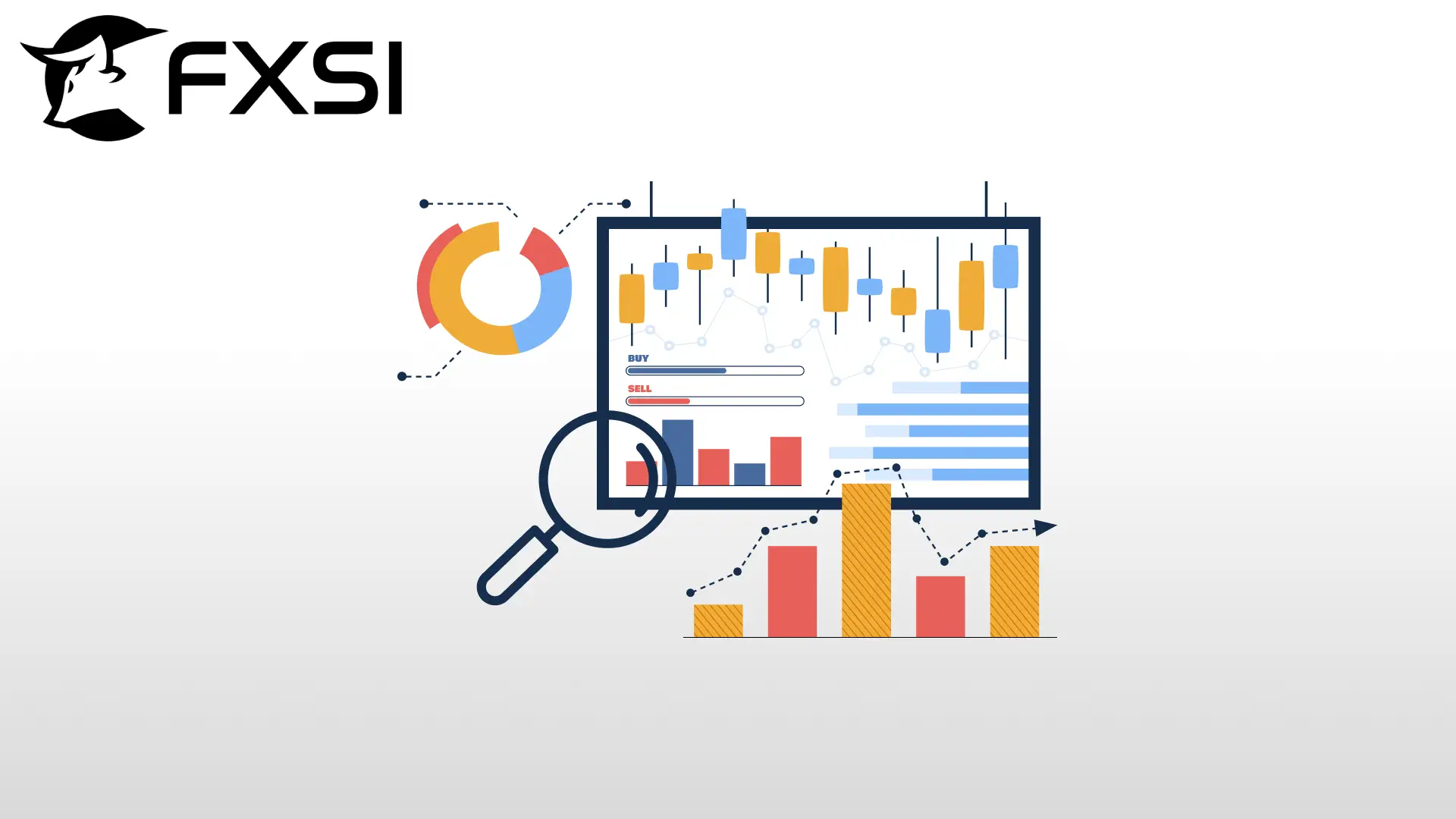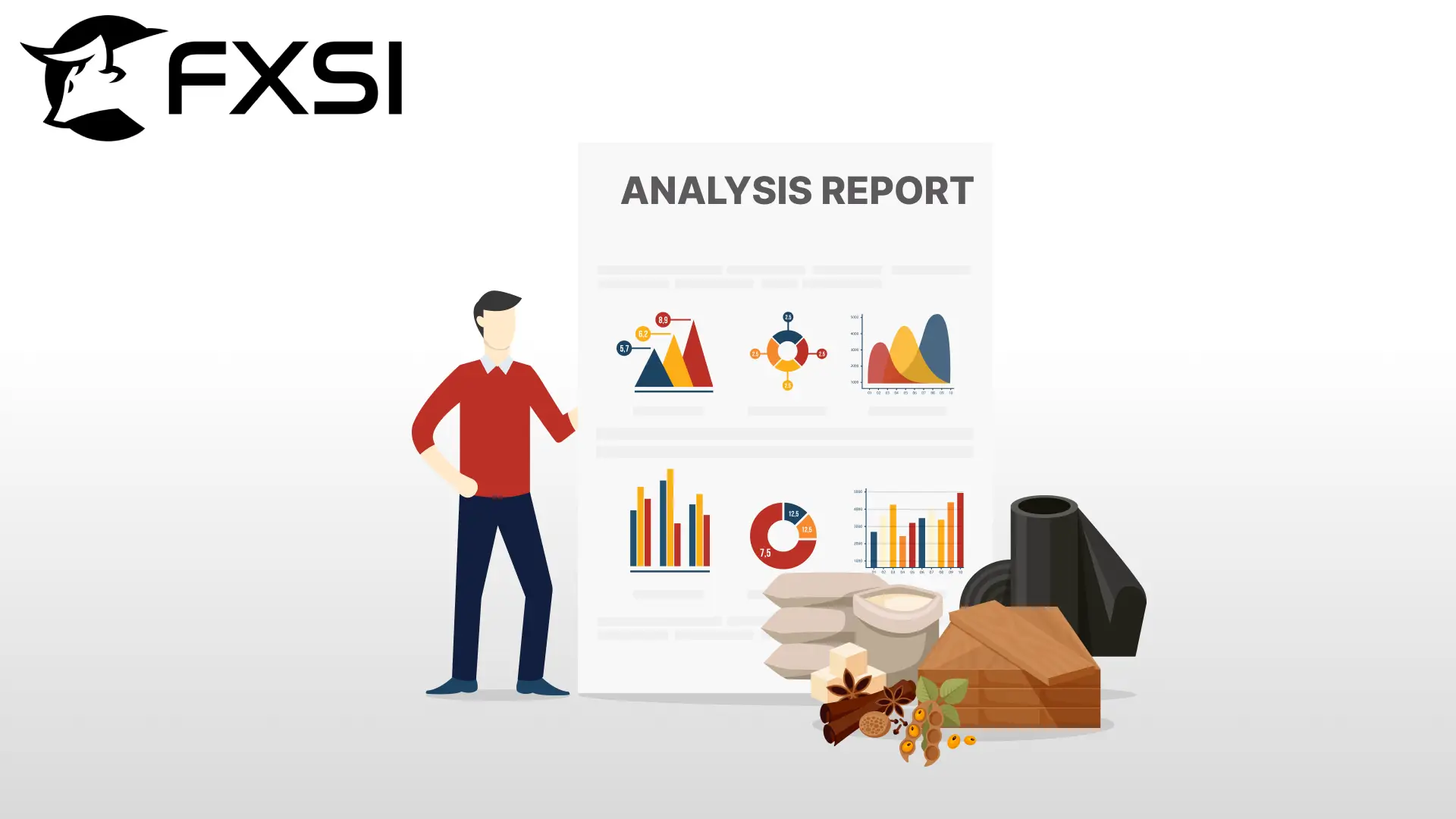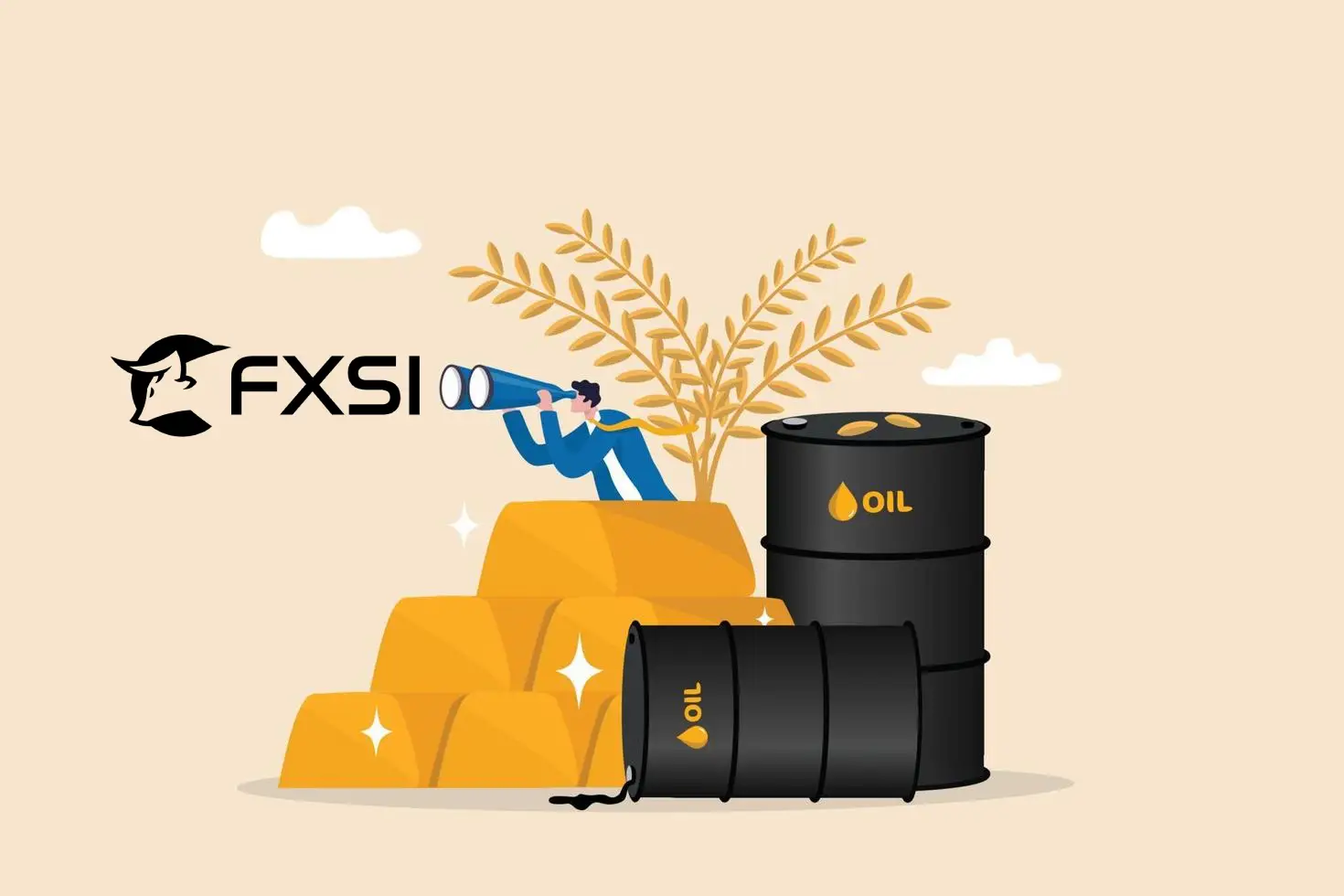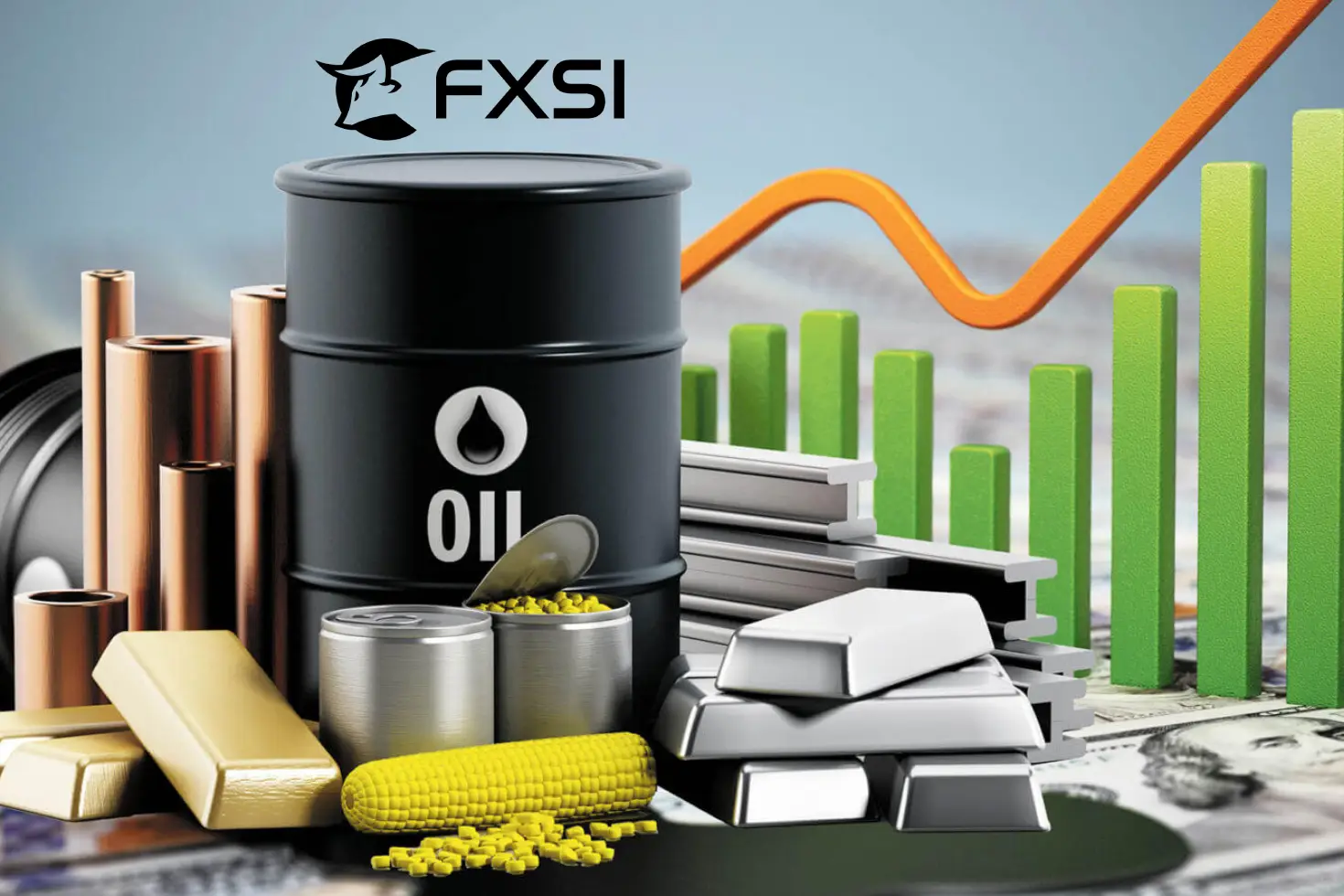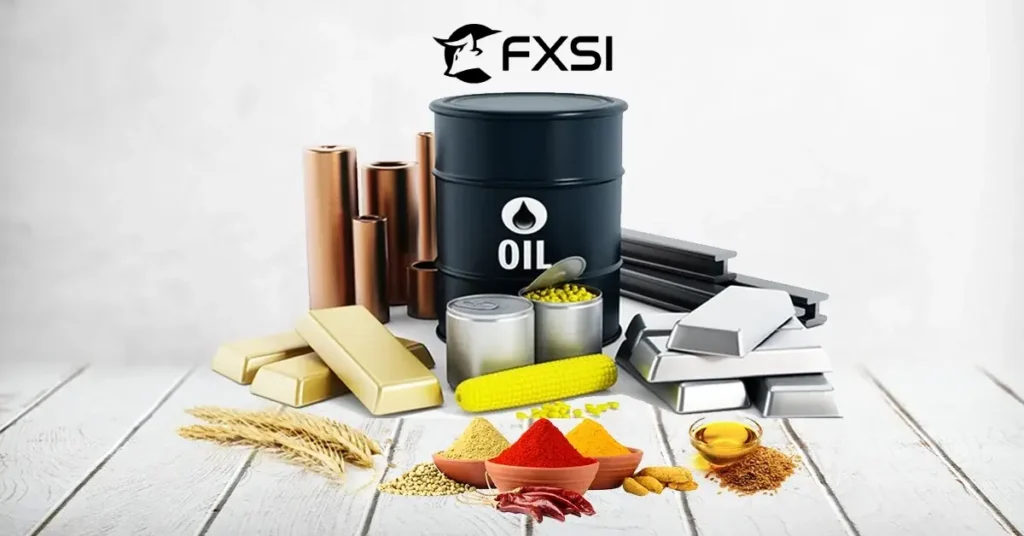Raw products are crucial in commodity trading, hence they fall under the category of a market-type commodity. So understanding the types of commodities is critical for your success.
Commodities relate to a ready product or raw material that can be sold or purchased such as food crops, animals, or minerals. In order to understand the concepts of investing, you must know all about the types of commodities available.
This guide will help you learn all commodity types on the market and the details that are important for trading!
What are The Different Types of Commodities?
1. Hard vs. Soft Commodities
This first classification, which revolves around the distinction between hard and soft commodities, is the first of two.
- Hard Commodities: Includes all natural resources a country can mine or extract. This includes crude oil, gold, and metals.
- Soft Commodities: Agricultural products and livestock that have been grown rather than mined include wheat, coffee, and sugar.
The distinctions within these classifications are crucial concerning production, market volatility, and even soft and hard commodities capitalization. These cost incurrences augment the volatility of hard commodities.
The soft commodities, on the other hand, experience harsh shifts in value due to certain weather conditions and are further softened by specific affixed enhancements in value.
2. Agricultural Commodities
Agricultural commodities data operatives classify agricultural products, including textiles and biofuels, into an exchange value range of foreign commodities. Like wheat, soybeans, hogs, and cattle, Cash markets view the agriculture economics of these products as an industry that contributes significantly towards grazed croplands. The classification is further divided into (1) Grains and Oilseeds (2) Softs (Beverage and Textile Crops) (3) Livestock and Meat.
2.1 Grains and oilseeds
While oilseeds include soybeans, grains encompass wheat corn, and rice. Soybean is the most efficient source of oil among the oilseeds, while animal feed and processed foods, cotton, and coffee are the most surplus ingredients captured among other crops.
The top three, soybeans, cotton, and coffee are what farmers in South America are known for growing the most. The most sought-after crop for rural areas around the globe is corn, since it serves the purpose of livestock feed, food ingredient, and an ethanol source for agriculture.
Undoubtedly the major crop for the production of bread, soybeans are also a staple for billions around the globe. While wheat corn, soybeans, and rice, aid in enhancing a region’s GDP, making the status quo of agriculture economical, and beneficial.
2.2 Softs (Beverage and Textile Crops)
Softs are essential in producing chocolate, while cocoa is primarily sourced from West Africa. Like most sought-after commodities grown in South America and Africa, Coffee serves as a competitive ingredient used for television commercials, which makes it very popular.
Cattle (Live and Feeder) are extensively used in the production of pork and beef, which translates into bacon and ham. Hogs are raised for their meat which is the most used protein consumed in developed countries.
Adjacent crops and livestock are extremely volatile to the agricultural market since they are greatly prone to weather, pests, and international demand for corn.
3. Energy Commodities
The energy commodities fuel industries, transport, and home services making them among top in the highest-earning sectors globally.
The subgroups include:
3.1 Fossil Fuels
- Crude Oil: The biggest earned commodity whose oil is refined to produce gasoline, diesel, and plastics.
- Natural Gas: A major source of fuel for electricity and heating purposes.
- Gasoline and Diesel: Fuels produced from crude oil PemImported to energize automobiles and machinery.
3.2 Renewable Energy Commodities
- Ethanol: A biofuel made from maize and sugarcane.
- Wood Pellets: Biomass fuel made in form of pellets for heating and electricity generation.
Similar to a number of other key commodities, energy commodities are equally prone to the consequences of geopolitics, legislation, and the emergence of new energy technology.
4. Metal Commodities
Metals constitute crucial elements for construction, manufacturing, and technology.
They are further categorized into two main groups:
4.1 Precious Metals
- Gold: Almost exclusively used in ornamentation and jewelry but also serves as an object of savings and industrial resource.
- Silver: Utilized in electronics, jewelry, and solar cells.
- Platinum and Palladium: Commonly found within automobile catalytic converters and used for other industrial purposes.
4.2 Industrial Metals
- Copper: Cheap metals with wide applications in wiring construction and building.
- Aluminum: Metalliferous ores rich in aluminum and valuable for aircraft and automobile industries.
- Nickel: Employed in the production of stainless steel and electric batteries.
Commodities have a purpose while Precious metals are used for preserving wealth (such as metals used for industry). The prices of these materials fluctuate with the demand surges from construction, automotive, and electronics industries.
5. Carbon and Environmental Commodities
These days, the efforts made worldwide to achieve climate control have placed significant importance on environmental commodities. Some of them are listed below:
- Carbon credits: Offsets acquired for the purpose of fulfilling emission criteria.
- Renewable Energy Certificates: These documents are evidence of the benefits attributable to the generation of renewable energy.
6. Market Structure and Commodity Trade
Certain commodities have always been traded in various specialized exchanges such as:
– NYMEX: New York Mercantile Exchange for energy fuel trades.
– CBOT: Chicago Board of Trade for agricultural commodities trades.
– LME: London Metal Exchange for metal trades.
Mechanisms of trading a commodity are in two forms:
6.1 Spot Markets
Selling and purchasing of goods are made at current prices and are for delivery of set goods immediately.
6.2 Futures & Derivatives Markets
For the purpose of mitigating loss due to price movements, commodities traders agree in advance on the price of goods to be delivered at a set future date. The trader hopes that the price at the time of delivery will be higher than at the time of the set price.
This can be accomplished through ETFs, commodity stocks, and mutual funds. However, it’s important to know that with commodities trading, there are significant risks involved.
7. Commodity Prices & Influencing Factors
There are many reasons why commodity prices may change:
- Supply and Demand – Commodities without a sufficient volume of supply and high demand may cause a surge in prices.
- Geopolitical Events – Conflicts and sanctions, in addition to other active policies, influence the supply and demand of commodities.
- Weather and Climate Change – Droughts, floods, and hurricanes have both directly and indirectly shaped agricultural production.
- Economic Growth – A rise in inflation in conjunction with expansion in industries leads to an increased need for raw materials.
The combination of the above forces and factors usually makes commodity investment a tantalizing yet treacherous affair.
Conclusion:
This was the complete guide on the commodity classification guide and everything you should know about the types of commodities and how to trade them. Don’t forget that in order to become a good trader, you must be very knowledgeable about what the market has to offer and make consistent informed decisions!
Happy commodities trading!
